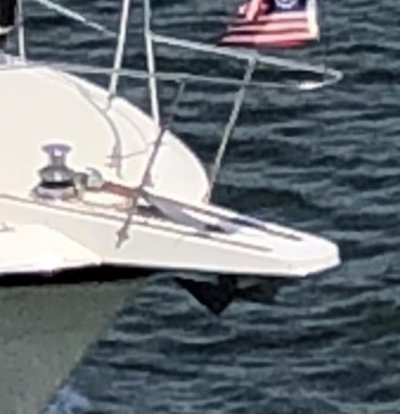JHeide
Member
Hi all, this may be a silly question here but.... I’m mostly a day tripper and always watch my ‘spot’. We have been doing more and more overnights on the hook especially recently with lockdowns. Typically I set my anchor and in the crowded areas I sometime frequent will use a 3:1 scope to limit swing. For an overnight I’ll put out closer to 4:1 or even 5:1 depending on the forecast (typical anchorages in these parts are 10-20 ft depths). But I get a lot more swing of course, especially if the wind shifts. I have all chain rode on my ‘40 Hatteras.
The question....when a wind shift occurs, say a 180 deg shift over night isn’t uncommon, does anyone ever pull up and reset the anchor? Seems like if the anchor is set in one direction, a 180 shift could facilitate the release of the anchor, no?
The question....when a wind shift occurs, say a 180 deg shift over night isn’t uncommon, does anyone ever pull up and reset the anchor? Seems like if the anchor is set in one direction, a 180 shift could facilitate the release of the anchor, no?

